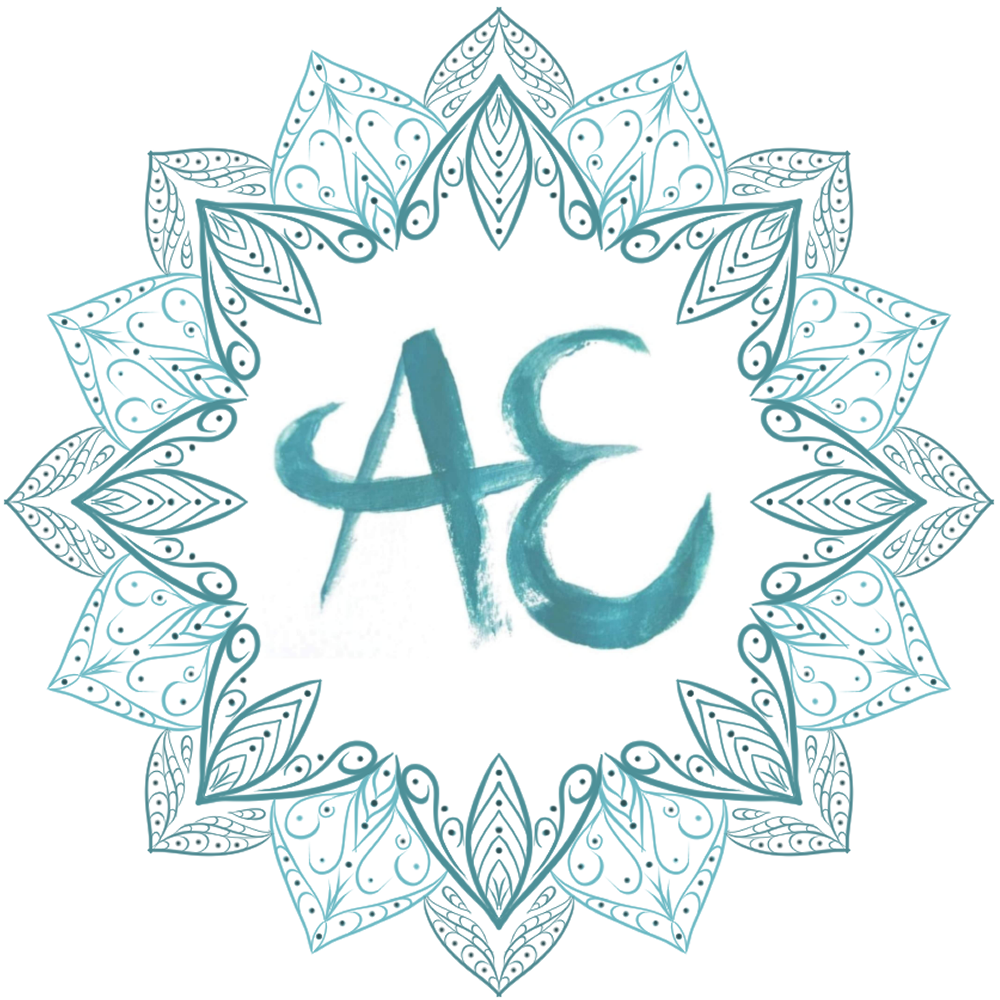To Start, Here Are Some Massage Related Facts
- the skin is the largest organ of the body
- there are approximately 5 million touch receptors in our skin (3000 receptors are in the fingertip)
- a 60-minute massage can have the same good effects as 7 to 8 hours of sleep
- muscle nerve impulse travels at the speed of 390 feet per second, allowing us to feel everything in an instant
- more than 80 different types of massage treatments with emphasis on different body parts are available around the world
- when we receive a massage, our body releases endorphins which are natural pain killers
- massage effects many of the body systems including the lymphatic, muscular, skeletal, circulatory, digestive, endocrine… the list goes on!
History
Massage has been used throughout history to aid healing. Evidence that massage was practised exists in cave and tomb paintings. Egypt, Greece, China and India are amongst the countries that first started using massage as an aid to healing. There is evidence in museums that massage was practised in China around 3000BC. Ancient Chinese evidence shows lists of techniques which included pressure techniques (which could have led to acupressure and acupuncture). It was Peter Henry Ling (Swedish physiologist) that developed what is known today as Swedish massage and listed the many of the terms that are used today e.g. effleurage.
Philosophy
The basic philosophy of massage therapy is the belief that the body can heal itself. In massage, therapists can work the whole body with a range of techniques to reduce tension and improve relaxation. Other therapies focus on one area of concern. Massage can assist in improving skin condition, blood supply, lymph flow, mental well-being and physical well-being. There are many types of massage and some examples include: aromatherapy, sports, deep tissue, Swedish, acupressure, infant/child massage, Thai, hot stone and lymphatic massage. Many of these require further, specific training.
Client Consultations
Before a massage takes place, the therapist should ask the client several relevant questions including about their health and what they want from the treatment, amongst other things. All will be recorded on a few forms. Medical information is taken to ensure that the massage is safe to do, and if it is, what adjustments should be made to make it safer. What people can want from massage is: relaxation, stress relief, better sleep, improvement in mental health, better skin condition, feelings of well-being, an improvement of physical health, posture, muscle tension, lymphatic drainage, pain relief and improved energy levels. Treatments would be tailored to get the best results for the client. The client’s preferences should be taken in the consultation. A treatment plan may be devised if needed/wanted.
Techniques
Effleurage, petrissage, frictions, percussion or tapotement, vibrations and deep tissue work are some of the different techniques that a massage therapist could use to meet the clients needs/wants. The therapist will use their fingers/thumbs, hands, arms and elbows to get the desired effects for the client. Each technique is unique but are used to complement each other to get the best results.
Massage Mediums
Wax, oil, power and creams/lotions can be used in massage. Often the client will have a preference but so will the therapist. For example, lots of therapists prefer the use of either oil or wax for massage performance, cost implications and effect on the skin (mediums used vary and can be dependant on the type and location of massage).
After Care Advice and Feedback
The client may be given some aftercare advice, some of this will be the same for most people e.g. drink water and rest. Some advice will be specific to the client e.g. asking the client to consider speaking with their GP about a medical condition. A number of things that may happen to the clients body following treatment such as increased urination, this will be explained in after care advice.
This is the clients time to give verbal feedback. Being honest with your therapist is welcomed, this makes your treatment more personalised next time.
https://www.myohealingmassage.com/fun-facts-massage/
https://www.swizzlesticks.com/blog/49-blog.html

